EXERCISE PRINCIPLES & APPLICATION: Basic Strength Training
Strength training prepares our bodies to do the things we enjoy doing without injury. It is the foundation upon which all exercise and activity are built. Without string muscles and joints we can’t perform – period. This article will examine the assessment questions prior to beginning an exercise program and provide a framework for developing a strength training program.

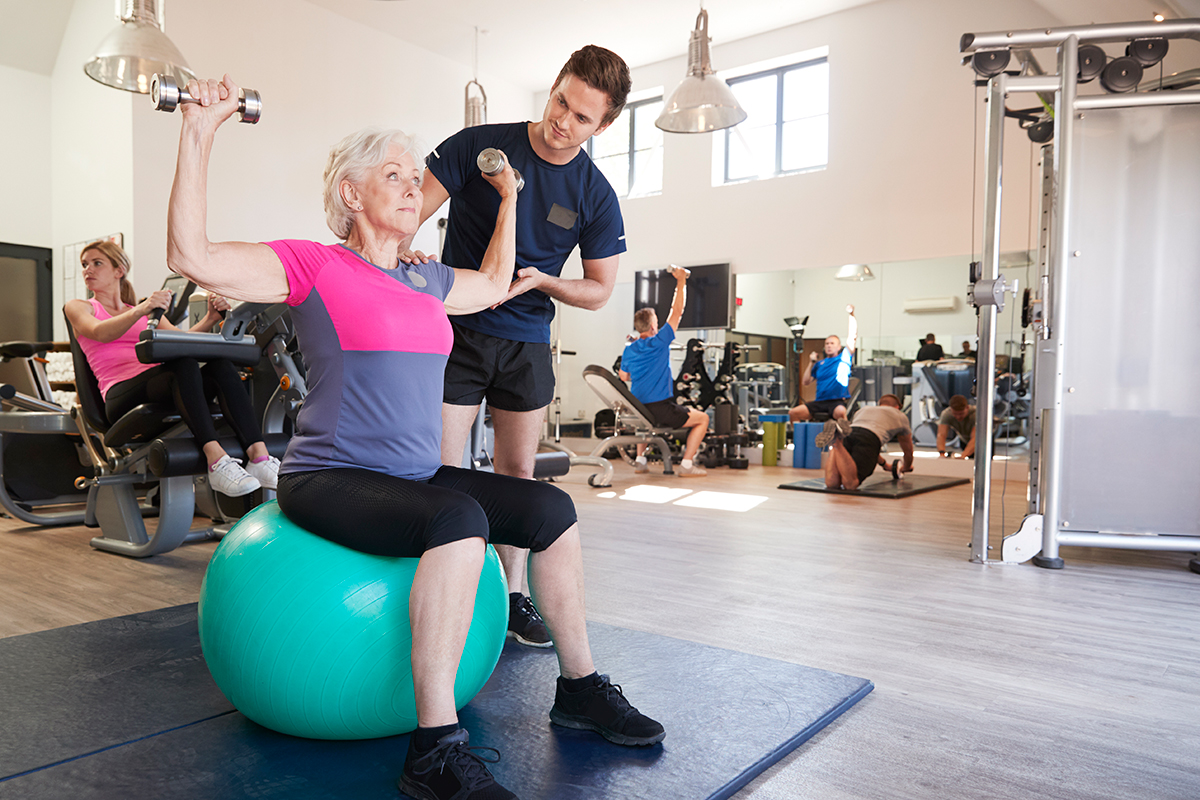

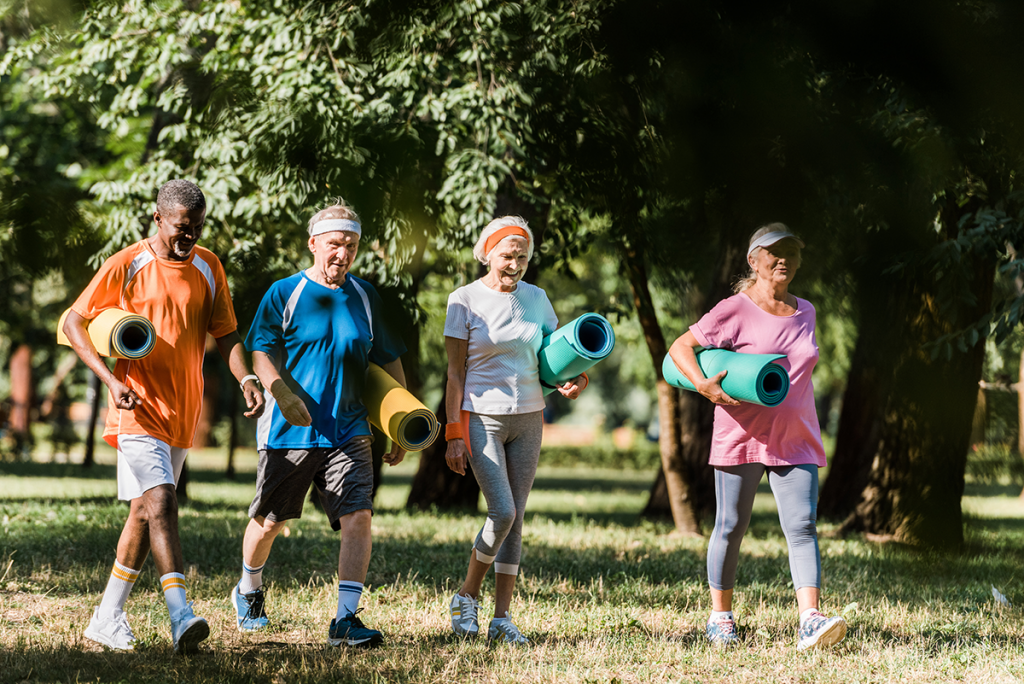
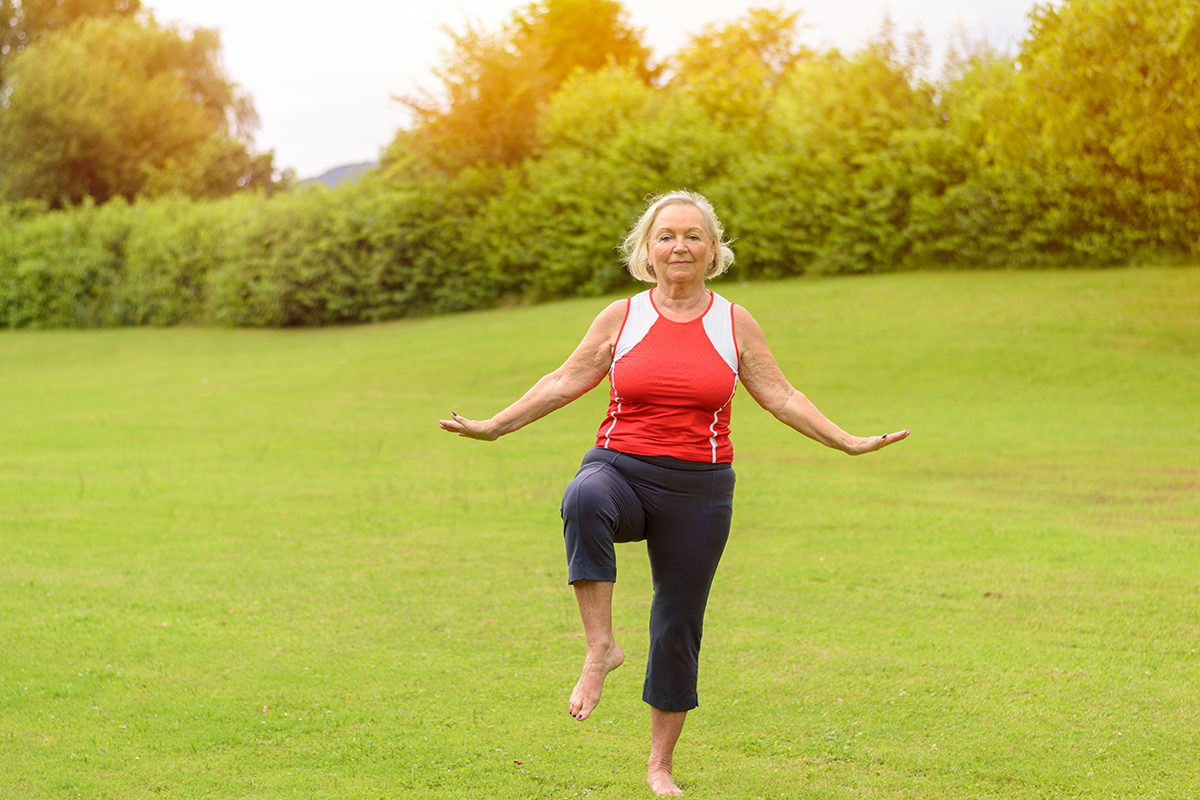
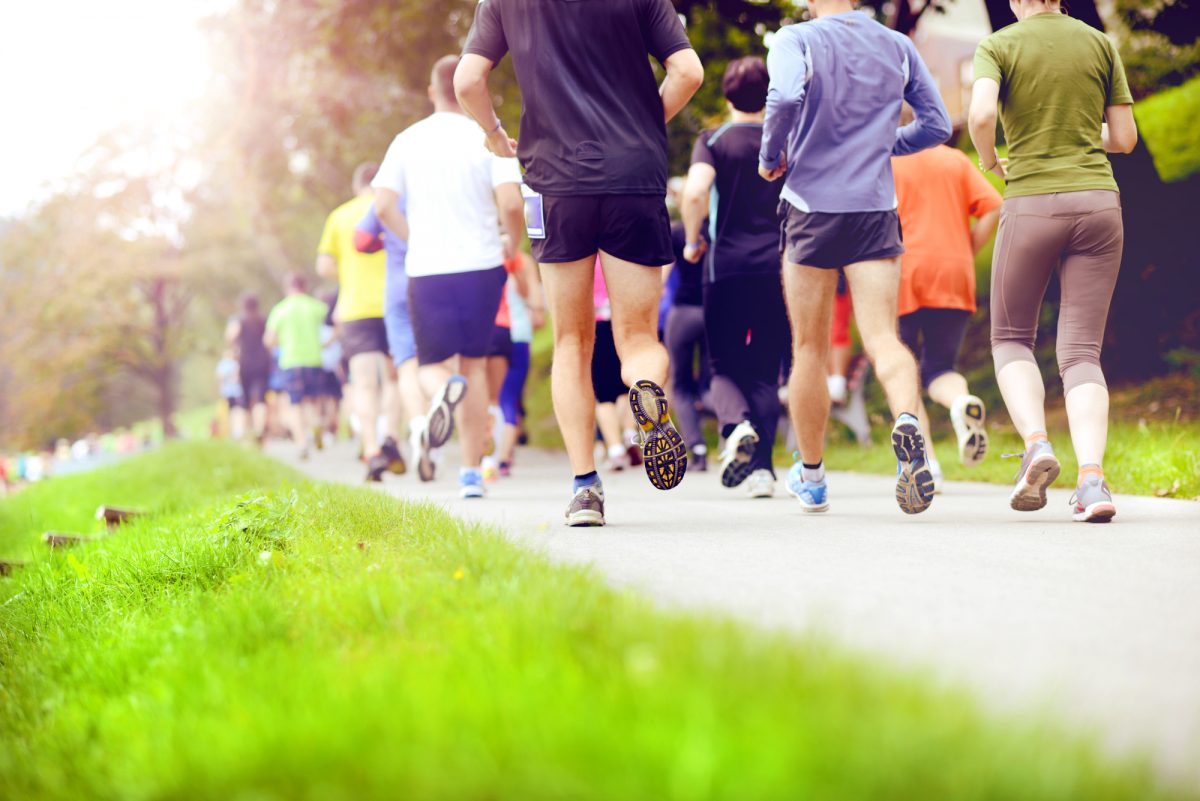


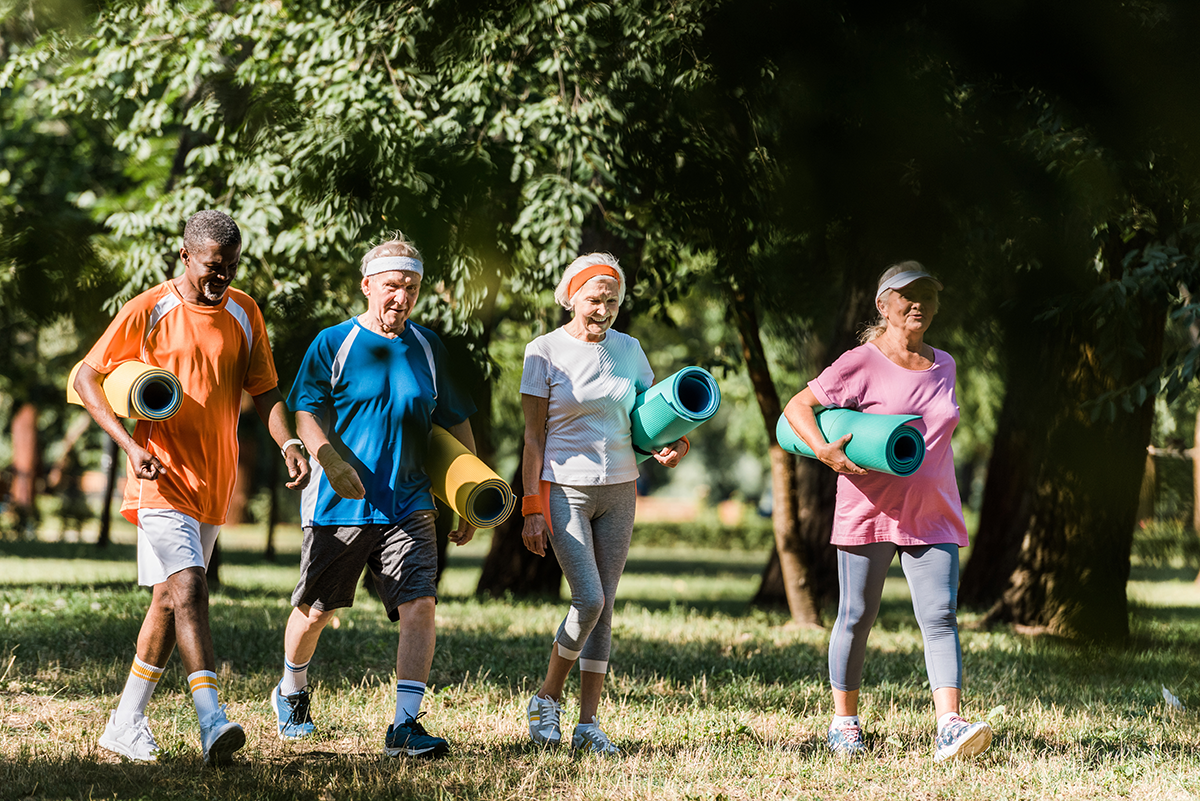

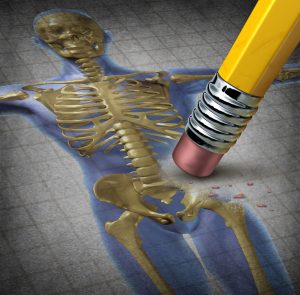 1. Sedentary Lifestyle
1. Sedentary Lifestyle